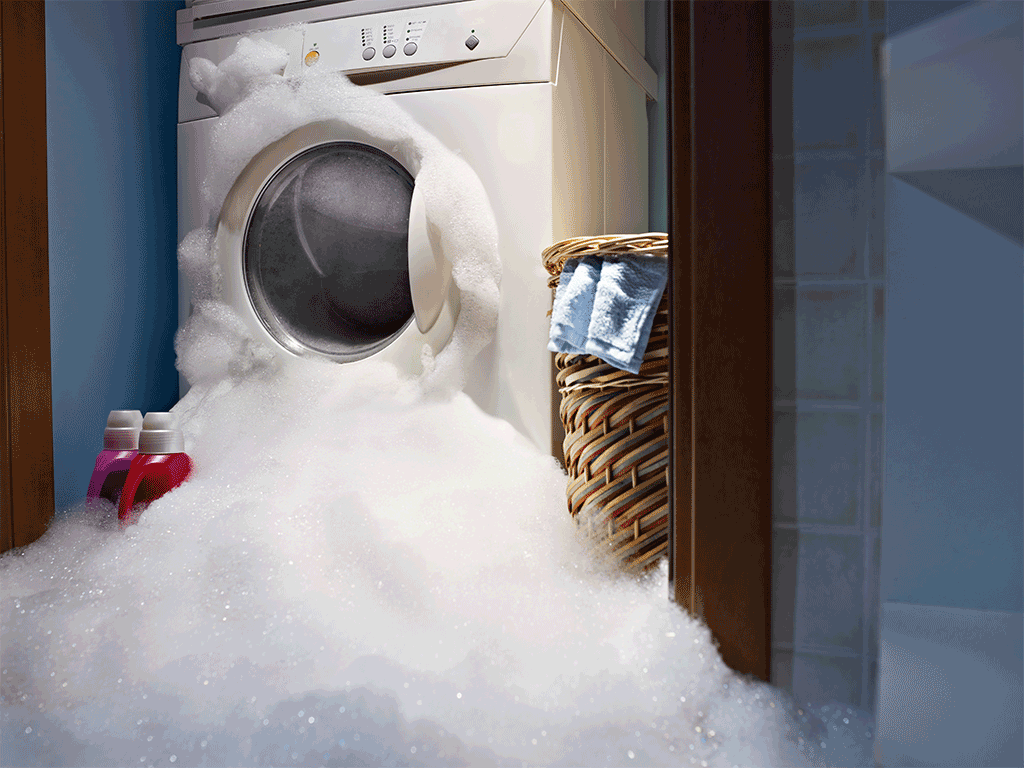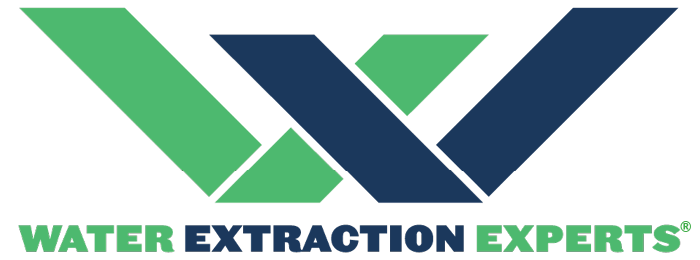
Washing Machine Leaks
Why is My Washing Machine Leaking?
If you have ever come home to a puddle of water on your laundry room floor, you know how upsetting it can be. To understand leaks, it is helpful to understand how the machine operates. It is a complex yet simple, self-contained machine that receives water from two valves in the wall through two water supply hoses, one for hot and the other for cold. It circulates through the machine using motors and pumps and after washing, the now soapy water drains out through an outlet hose. A problem during any part of the process can result in a leak. Below are the most common reasons for leaks and what you can do about it. Let’s start at the beginning.
- Check inlet hoses, valves and clamps: Check to make sure all connections are secure and check for signs of damage to the hoses. Be sure to place the washer 4 inches from the wall to avoid kinks in the hose. When washers have an issue such as leaks or blockage, it will not receive water, or your washer may flood.
- Internal hoses: There are internal hoses as well that may need checking. Those hoses lead to the tub and another that leads to, and away, from the pump. You will need to open your machine to check on them.
- Check the floor drain or the outlet hose: Regularly check that the floor drain or outlet hose is clear of debris such as lint that can build up over time. Water on your floor may be the result of a clogged drain or hose and not an issue with the washer itself. Also make sure the hose is connected securely.
- Check the filters: There are times we all forget to check our pockets before wash day. Fortunately, some washers are equipped with filters. Different washers have different filter set ups so make sure to refer to your owner’s manual. It’s possible your washing machine does not have a filter at all. Most new high-efficiency washers rely on a filter in the pump that self-cleans.
- Water or drain pump: The drain pump is responsible for draining the water from the washing machine tub. The pump may be belt driven, direct drive, or a separate electric pump. If a leak is originating from the pump and not at other nearby clamps or hoses, the pump will need to be replaced. The pump can usually be found near the pulley seal. Be sure to disconnect power to the washing machine before attempting to repair.
- Check the Seals: On front-load washers, door boot seals are used to seal the area between the door and outer tub. Normal wear and tear can cause these rubber seals to crack or rip. If your washer seems to be leaking near the door area, check for any signs of damage or dirt build-up that could be preventing a tight seal to the door. For top-loading machines, tub seals are used to keep water from leaking where the basket shaft enters the tub. If your machine is leaking during either the fill or agitation portion of the wash cycle, damaged tub seals could be the cause and will need to be replaced.
- Water Level Switch: This switch is responsible for telling your machine when to shut the water off when it reaches a certain level in the tub. If it malfunctions your machine can over fill and leak.
- Use the right type and the right amount of detergent for your washer. Finally, keep the machine level, and do not overload it. That can also lead to leaks.
Water Extraction Experts will help!
We all depend on our washers to always operate proficiently. If you experience a flood caused by a leaking washing machine, be aware that the addition of soapy water can quickly lead to mold. Call Water Extraction Experts immediately so no further damage will result. The team of trained and certified technicians will quickly be at your service with state-of-the-art equipment to remediate any water and mold damage to your home.
Water Extraction Experts specializes in water damage restoration, sewage cleanup, mold removal and flood damage cleanup.
EMERGENCY 24/7 WATER DAMAGE
CALL: 505-250-6500
